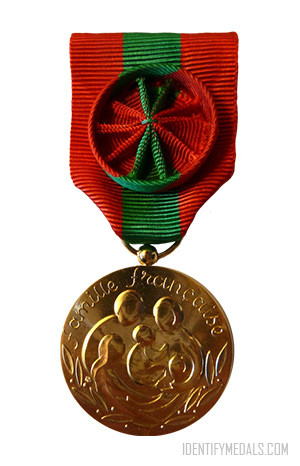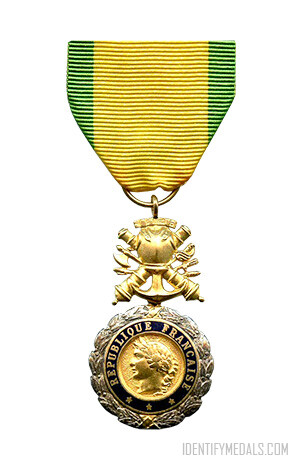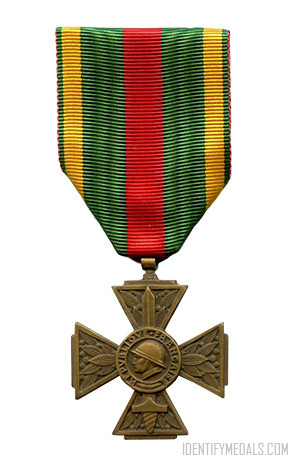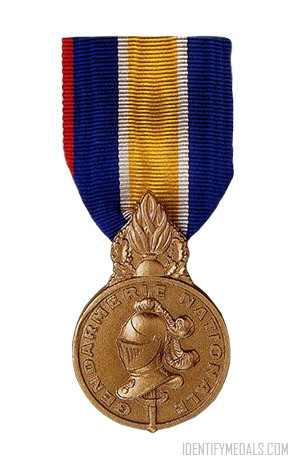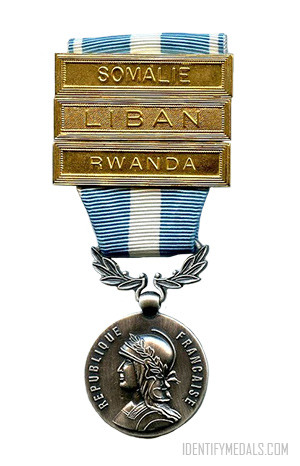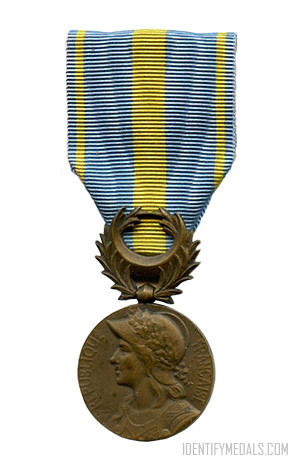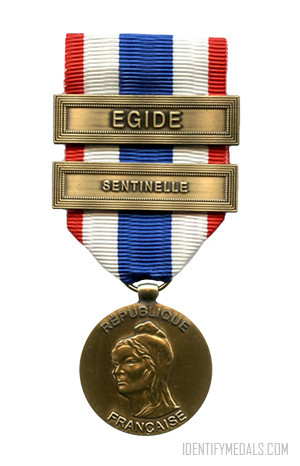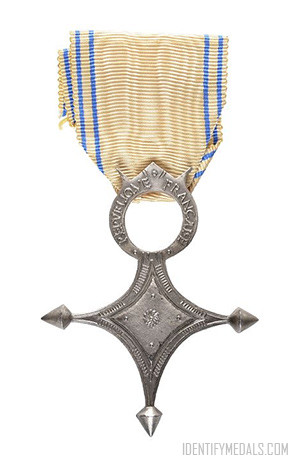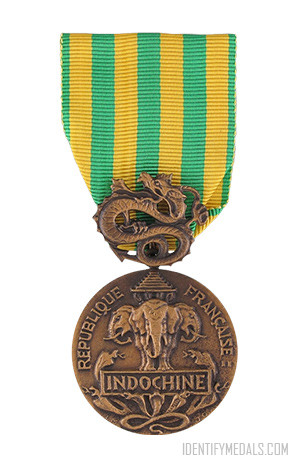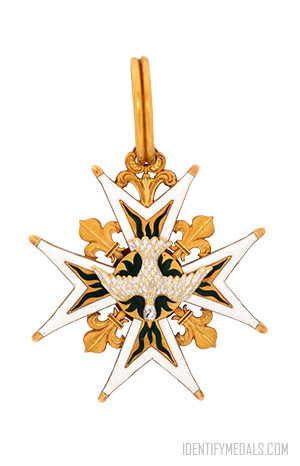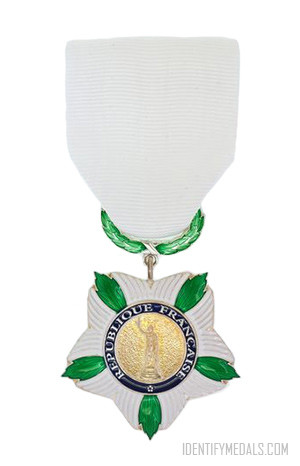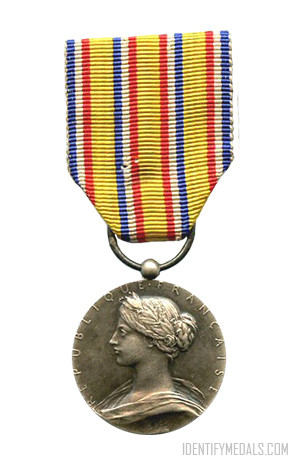- Time Period: Interwars Period
- Institution: 26 May 1920
- Country: France
The Medal of the French Family (or Médaille de la Famille française) is a decoration awarded by the government of France to honor those who have successfully raised several children with dignity.
The decoration was created by a decree of May 26, 1920, under the name Médaille d’honneur de la famille française (Medal of Honour of the French Family) with the aim of honoring mothers of large families.
The text of the decree underwent several changes before being completely reformed by a decree of October 28, 1982, which renamed the decoration Médaille de la Famille française (Medal of the French Family). The reform opened the award of the decoration to fathers or anyone else who had raised several children in an appropriate way: for example, the Catholic priest Père Mayotte was granted the award in recognition of his raising the six children of his housekeeper, a widow who died suddenly.
Recommendations or applications for the award must be deposited at the local town hall. An inquiry into the family is then conducted. If the inquiry reports positively, the final decision on whether to grant the award belongs to the prefect of the department.
The Medal of the French Family Design
Three classes of this medal exist: bronze for those raising four or five children, silver for parents of six or seven children, and gold for those with eight or more children.
A bronze medal is also granted to widowed mothers of three children whose husbands have been killed in action. The recipient’s eldest child must be at least sixteen years old. The medal is decorated with the words “Famille Française” (“French Family”) and a modernistic image of a couple and their children. The words “République Française” (“French Republic”) are inscribed on the reverse side.
The ribbon is divided vertically into three equal parts, the outer two being red and the inner green. Recipients of silver and gold medals are also granted a rosette in the same colours.

